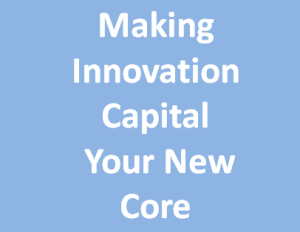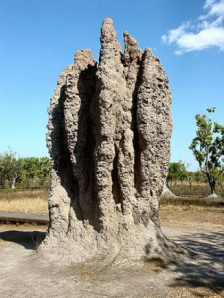 It seems this is the era of the digitally savvy entrepreneur.
It seems this is the era of the digitally savvy entrepreneur.
With the dizzy array of choices, combined with technical prowess and ‘plugging’ these into ‘seen’ customer needs.
These are setting about disrupting existing businesses and establishing new ones, on an ever-increasing global scale.
So what and how is the incumbent meant to react if it is an existing market?
What should they do when they realize the traditional markets where they have safely operated for years has suddenly been overtaken by a new market creation, one that has gone outside old borders in industry and product.
Markets that are in the hands of the technically savvy entrepreneur are to be sliced, diced and recombined, are providing totally disruptive approaches to existing business models.
If they get the factors right, hit the needs of customers in their design, understanding, agility in responding to learning and adapting, ability to be fast to market and capable of scaling up really fast, then they transform spaces, leaving the established players desperately struggling to find answers and catch up.
The whole world of business is changing radically.
Continue reading “We are transcending traditional industry and product boundaries”





